Following is a selected project highlight from the Share with Wildlife mission to assist all New Mexico wildlife in need, no matter what species.
Gathering Data on Young Vireos
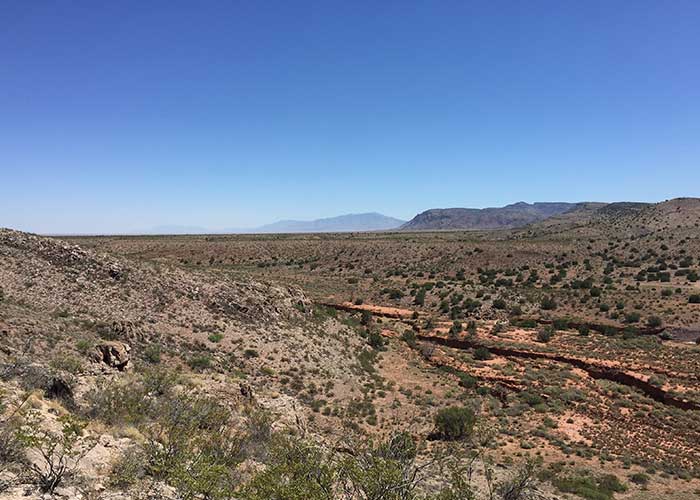
Juniper savanna at the Sevilleta. (Silas Fischer)
Have you ever looked at the pinyon-juniper forests that grace much of northern and central New Mexico and wondered what kind of birds live in them? Have you ever thought about how biologists determine what kind of habitat features are most important to birds when they are selecting a site to build their nest or when young birds have just left the nest? Using funding from the Share with Wildlife program, Dr. Henry Streby and his graduate student, Silas Fischer, from the University of Toledo are helping biologists at New Mexico Department of Game and Fish answer these questions for one inhabitant of the sometimes underappreciated pinyon-juniper woodlands of New Mexico; the gray vireo.
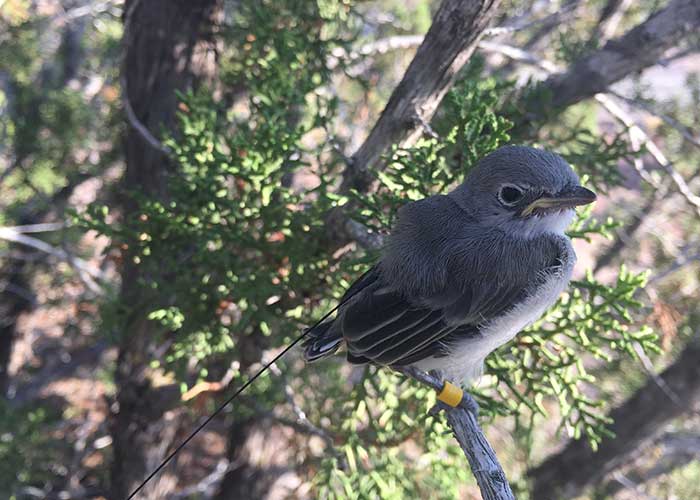
Banded gray vireo with a radio transmitter. (Silas Fischer)
In summer 2020, in continuation of several seasons of data collection, Silas and a team of field technicians searched for gray vireo nests in areas at the eastern edge of the Sevilleta National Wildlife Refuge where pairs of vireos were detected in previous years. In some cases they caught and tracked adult female gray vireos in order to find nests. When they found a nest, they made repeat visits to it to track its success. If the nest had eggs and then nestlings, they continued to visit the nest until the nestlings were about to leave. A few days prior to the nestlings’ expected departure (or fledging), they put a radio transmitter on at least one of the nestlings. They had 45 nests that they found and monitored. They also put radio transmitters on 49 juveniles. The data gathered using the transmitters will help Silas determine where the nestlings go and what kind of habitats they use after they leave the nest. Silas and crew also collected vegetation data that will inform assessments of the relationship between habitat variables and the survival of gray vireo nests and fledglings, as well as of fledgling habitat selection.
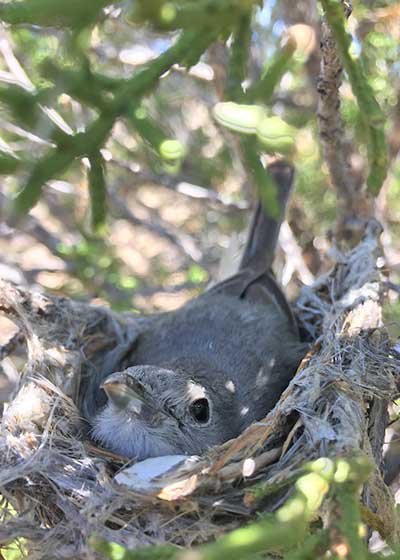
Adult vireo on a nest. (Silas Fischer)
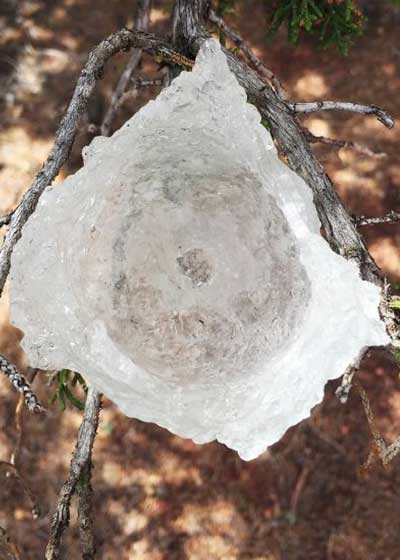
Glass replica of a gray vireo nest. (Silas Fischer)
There are many challenges associated with studying these birds, including very early mornings and sometimes brutally hot summer temperatures, not to mention added restrictions in 2020 related to public health considerations associated with COVID-19. It can be quite difficult to find the vireos’ fairly small nests, especially when they are in a dense juniper. Mockingbirds like to mimic the gray vireo calls, so the field crew has to be on their toes to tell the difference! Gray vireos don’t have flashy plumage, so you have to have sharp eyes to find them.
The gray vireo is able to nest in some surprising locations and the babies face plenty of challenges. Adults seem to use slightly shorter, more dense juniper trees when building their nests – not what people often envision as prime nesting habitat! Juvenile survival can be quite low, especially in drought years when food and water are scarce. Even juveniles that leave the nest are still quite vulnerable as it takes them a few days to learn how to fly like adults. The first few days, the babies stay pretty close to the nest and their main defense, if a predator is nearby, is to stay quiet and still.
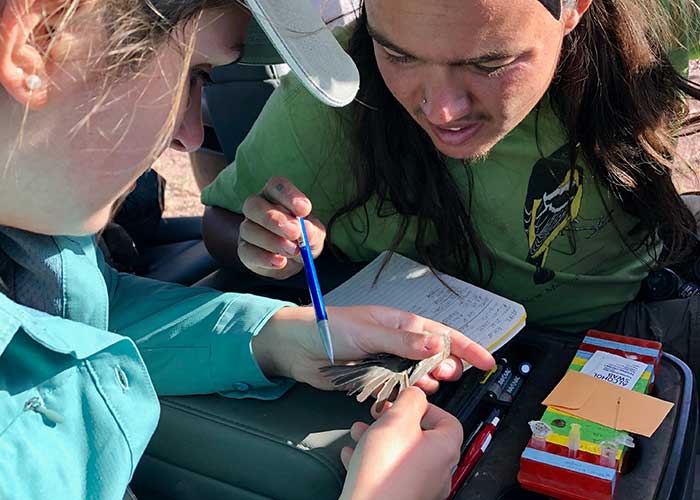
Silas assessing captured vireo. (University of Toledo)
To highlight some of these challenges and help tell the story of the impact of stressors, including climate change and associated incidence of drought, on the gray vireo, Silas not only defended their thesis, but also developed an art exhibit that was installed at the Sevilleta National Wildlife Refuge. The exhibit included glass replicas of gray vireo nests and nestlings that are incredibly detailed. The visuals of the exhibit hit home the beauty of these birds and the real threat of climate change in a way that words on a page never can.

